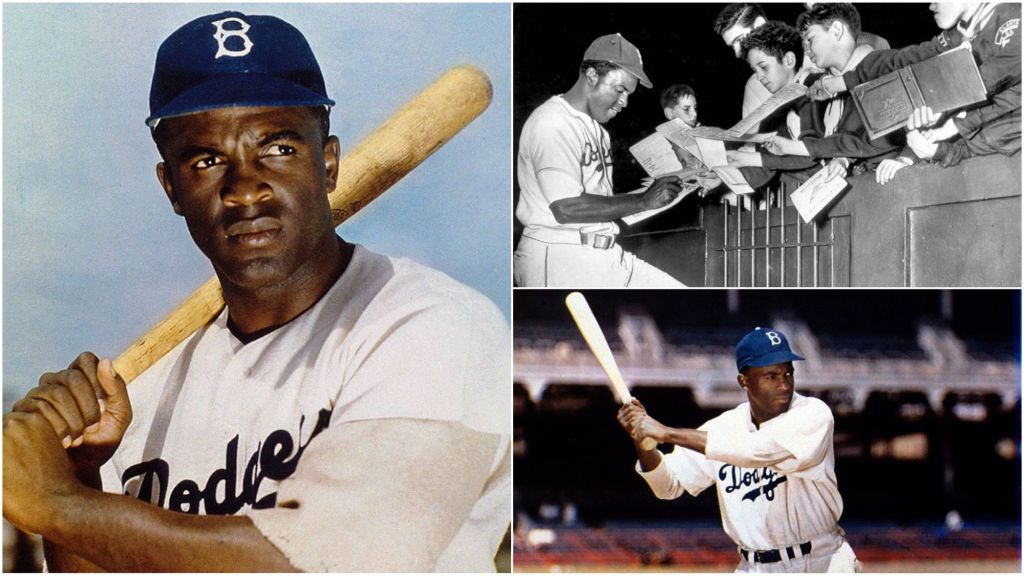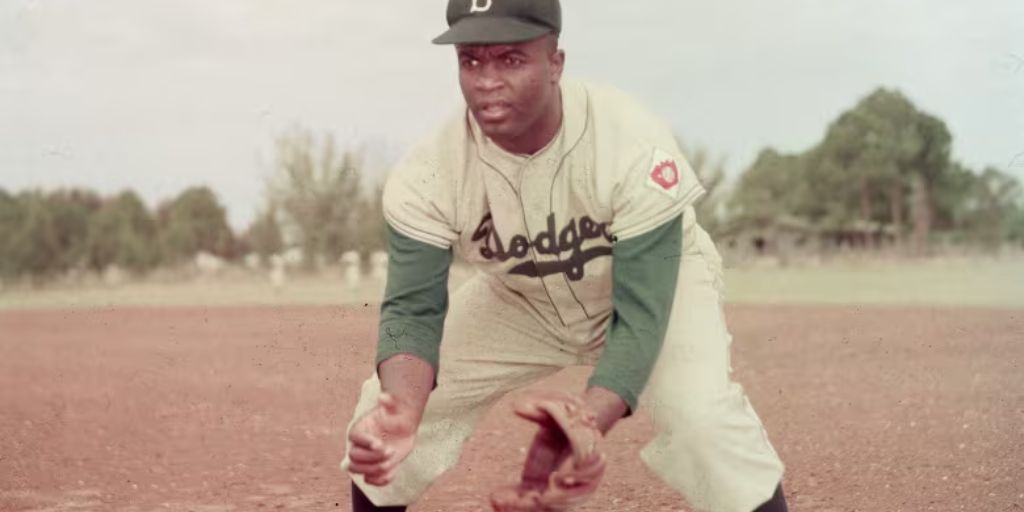The Plaque Gallery at the National Baseball Hall of Fame in Cooperstown, N.Y., is truly unique. Spanning 3,660 square feet, it showcases the game’s history and honors nearly 350 members with their accomplishments displayed for all to see. As visitors walk through, they’re immersed in baseball’s defining moments.
Yet, for over 40 years, Jackie Robinson’s plaque lacked mention of his groundbreaking achievement in breaking baseball’s color barrier in 1947. This momentous event is celebrated every April 15, the anniversary of Robinson’s Major League debut.

This description hardly does justice to a man who transformed American sports. Robinson had hoped to be judged solely on his skills, saying, “I hope that I will be judged on my ball playing ability alone, not on the fact that I broke the color line.” He later clarified that his historical significance should be a factor but not the primary consideration.
Why Jackie Has Two Hall of Fame Plaques
Despite Robinson’s wishes, 77.5% of voters (124 out of 160) elected him to the Hall of Fame on his first ballot. Branch Rickey believed he was chosen based on merit, not his color.
Former Dodgers teammate Pee Wee Reese agreed, emphasizing Robinson’s on-field accomplishments. While Robinson’s plaque lacked depth, it wasn’t alone.

For instance, Babe Ruth’s plaque describes him as the “greatest drawing card in history of baseball” but only briefly mentions his impressive statistics. Over time, plaques have evolved to include more detailed career stats and colorful nicknames.
In 1998, Larry Doby, who integrated the American League in 1947, was also inducted. His plaque celebrated this historic achievement, highlighting the importance of integrating baseball. The Plaque Gallery continues to honor baseball’s finest, reminding us of their contributions to the game and society.














